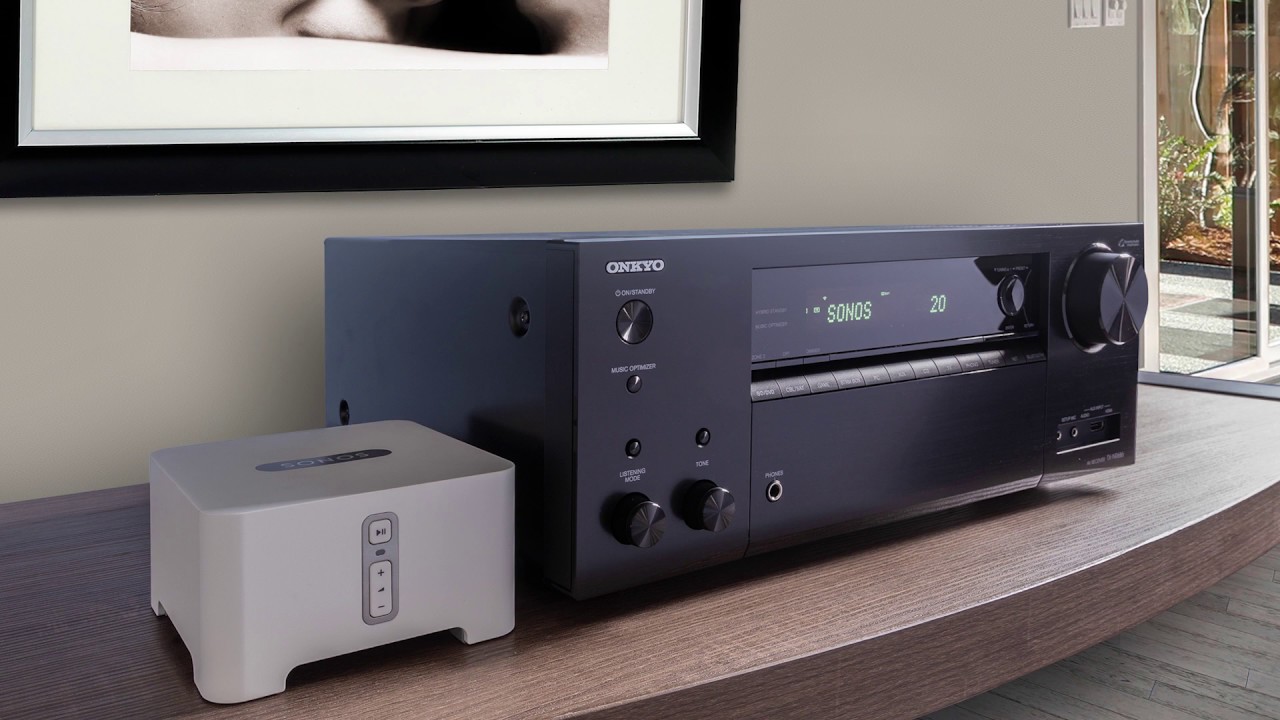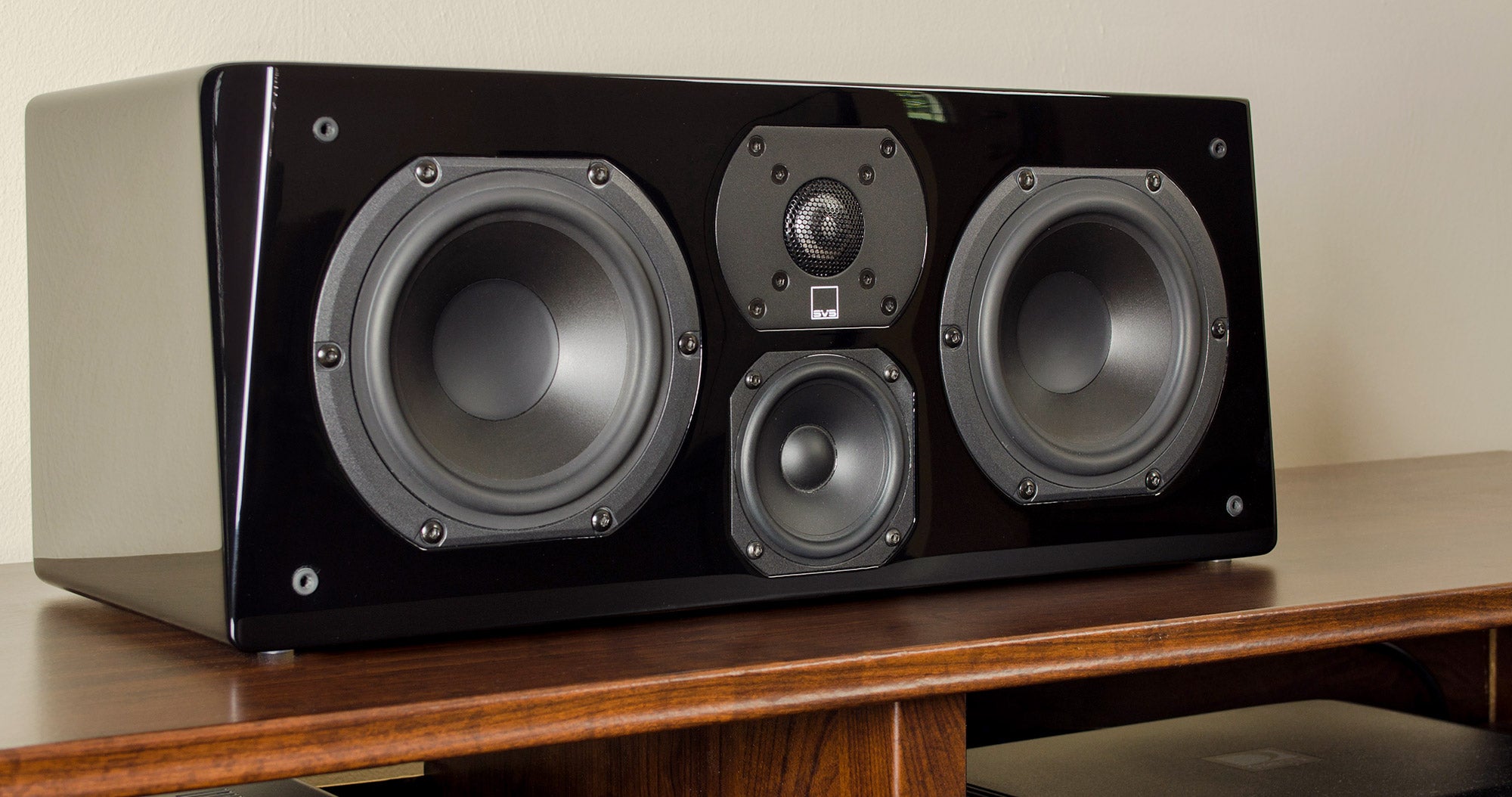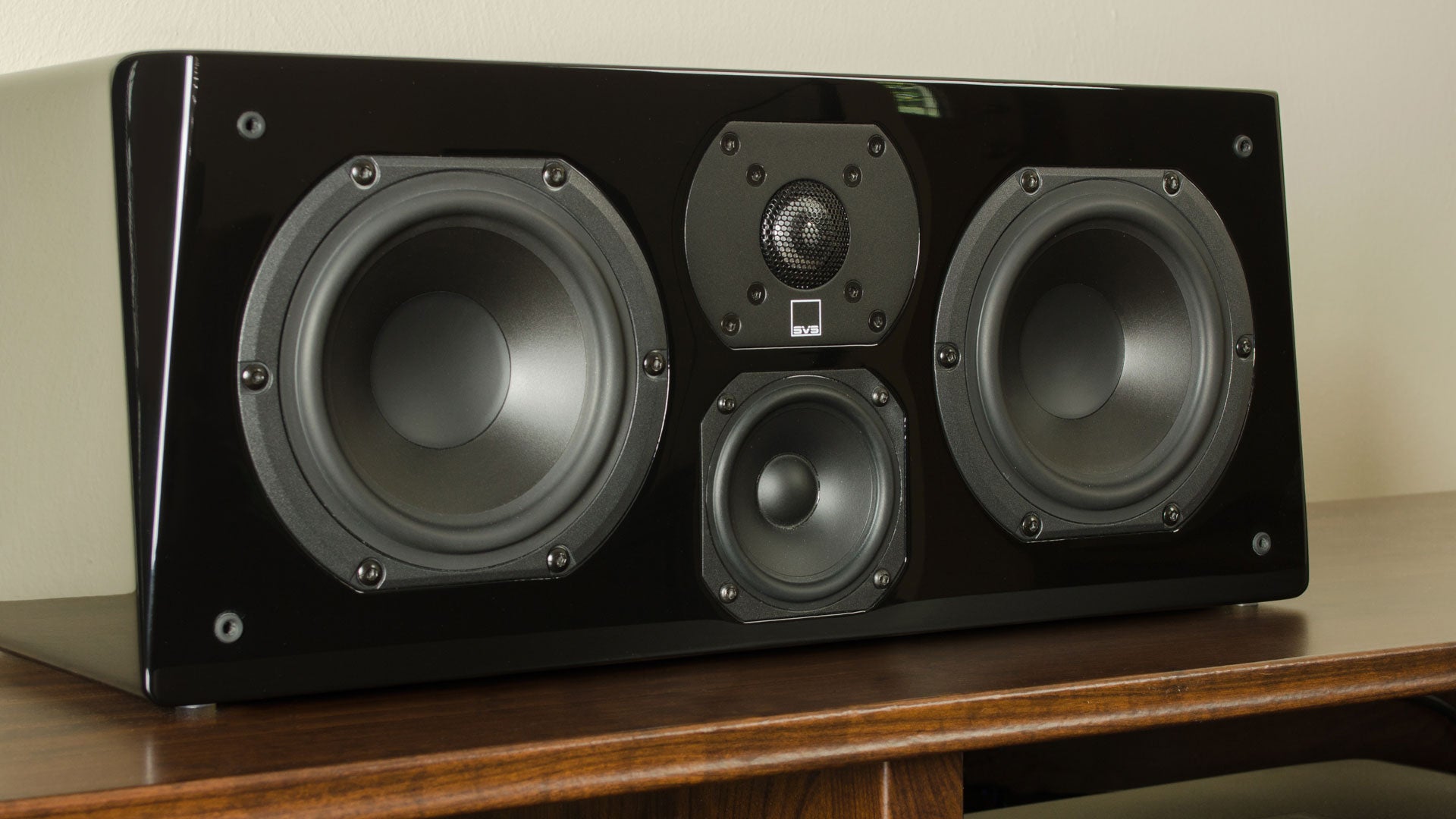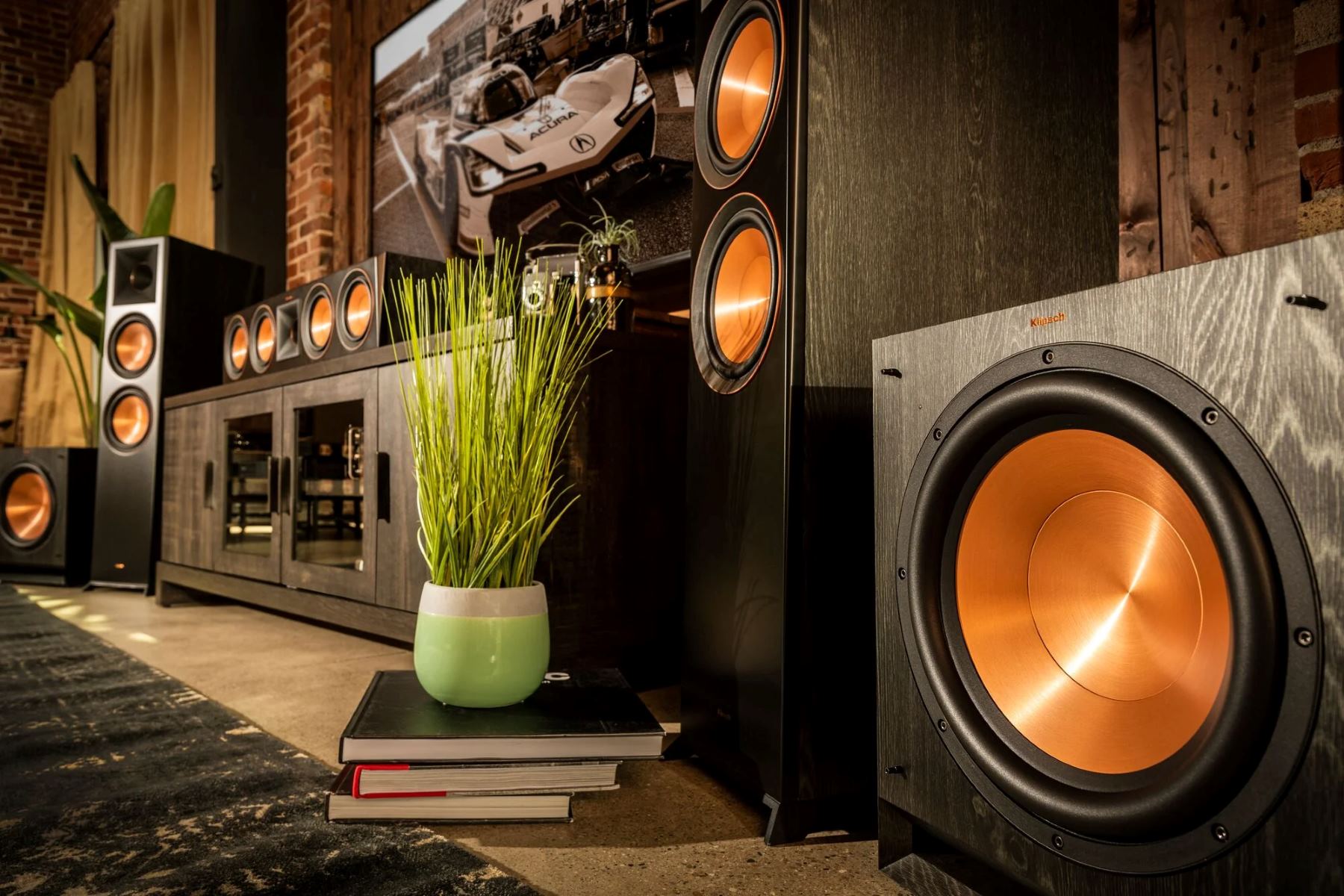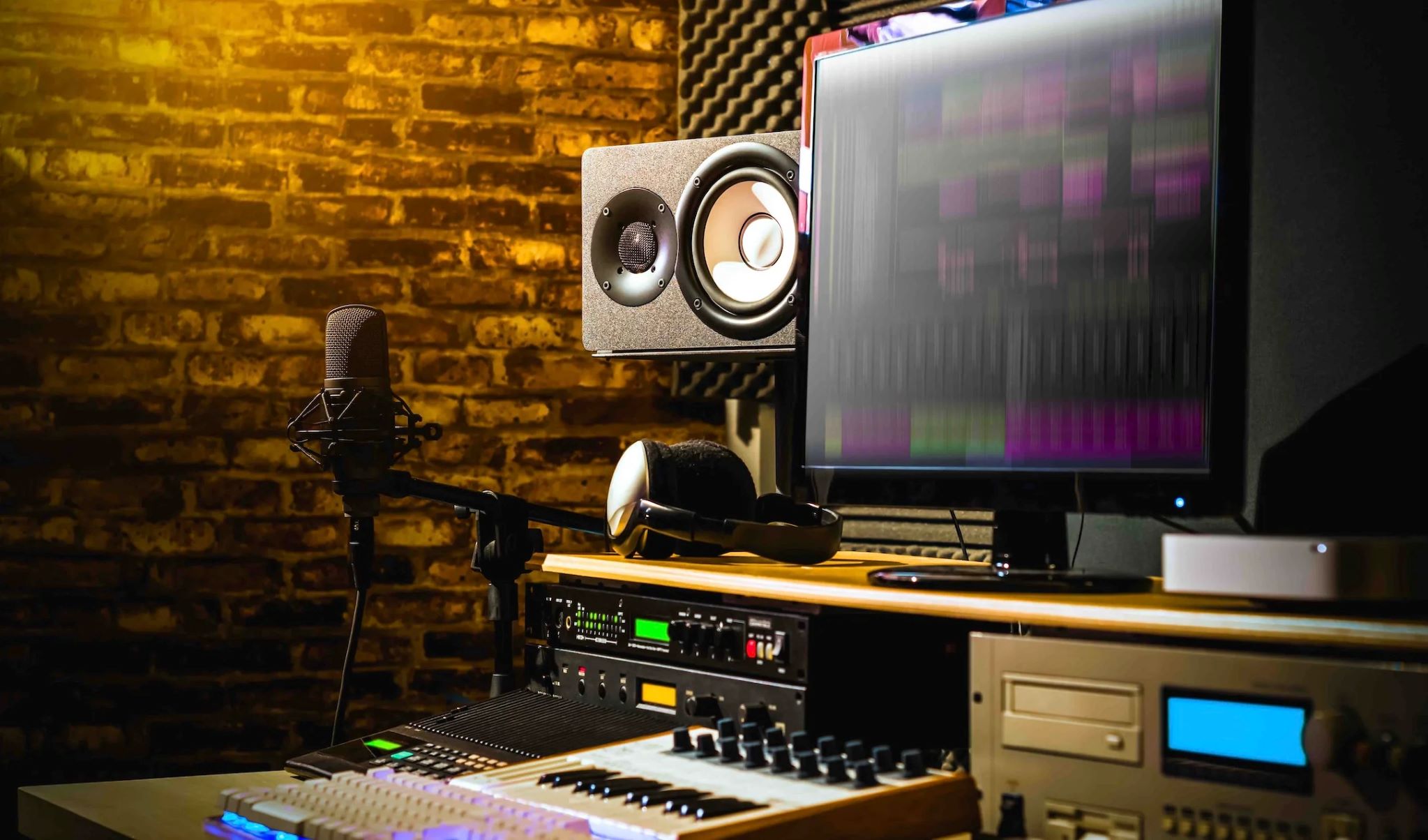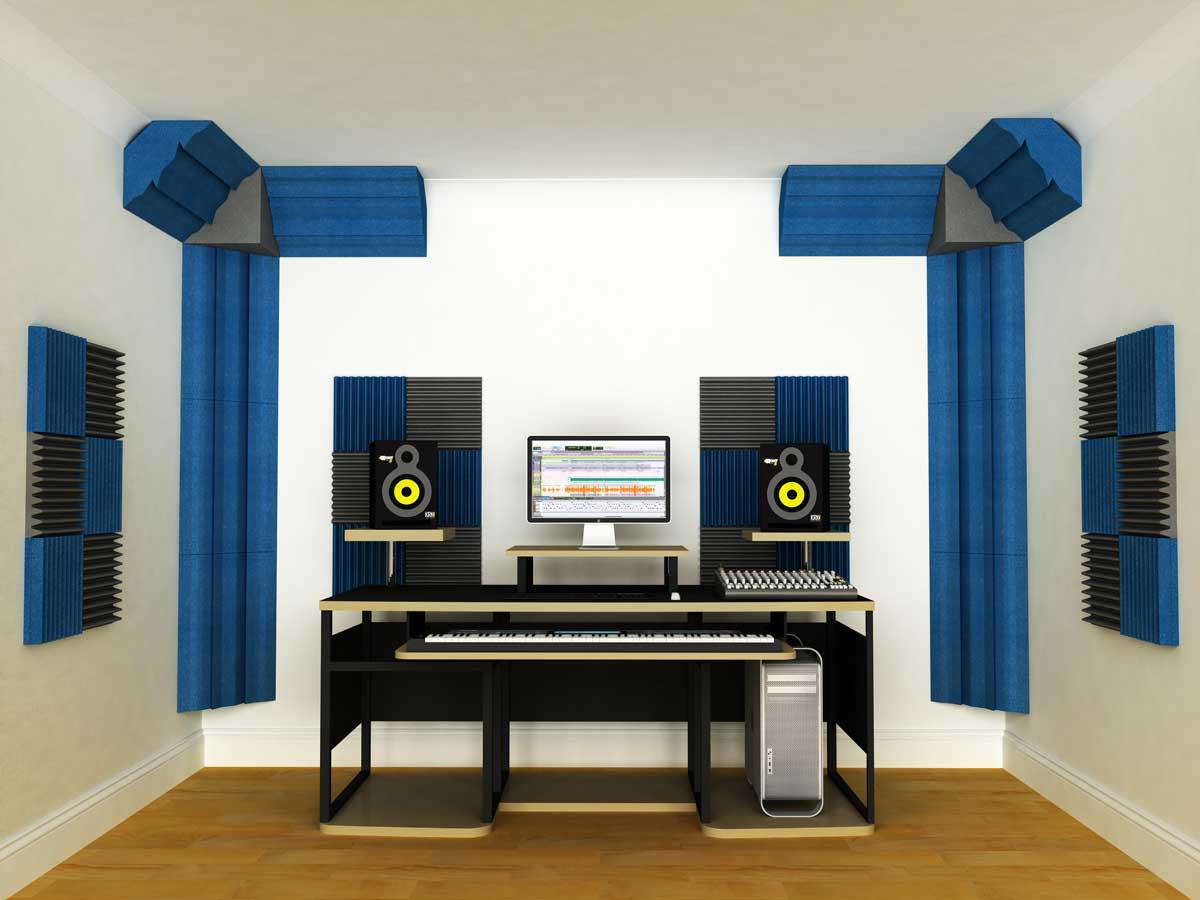Home>Production & Technology>Stereo>How To Place Stereo Speakers
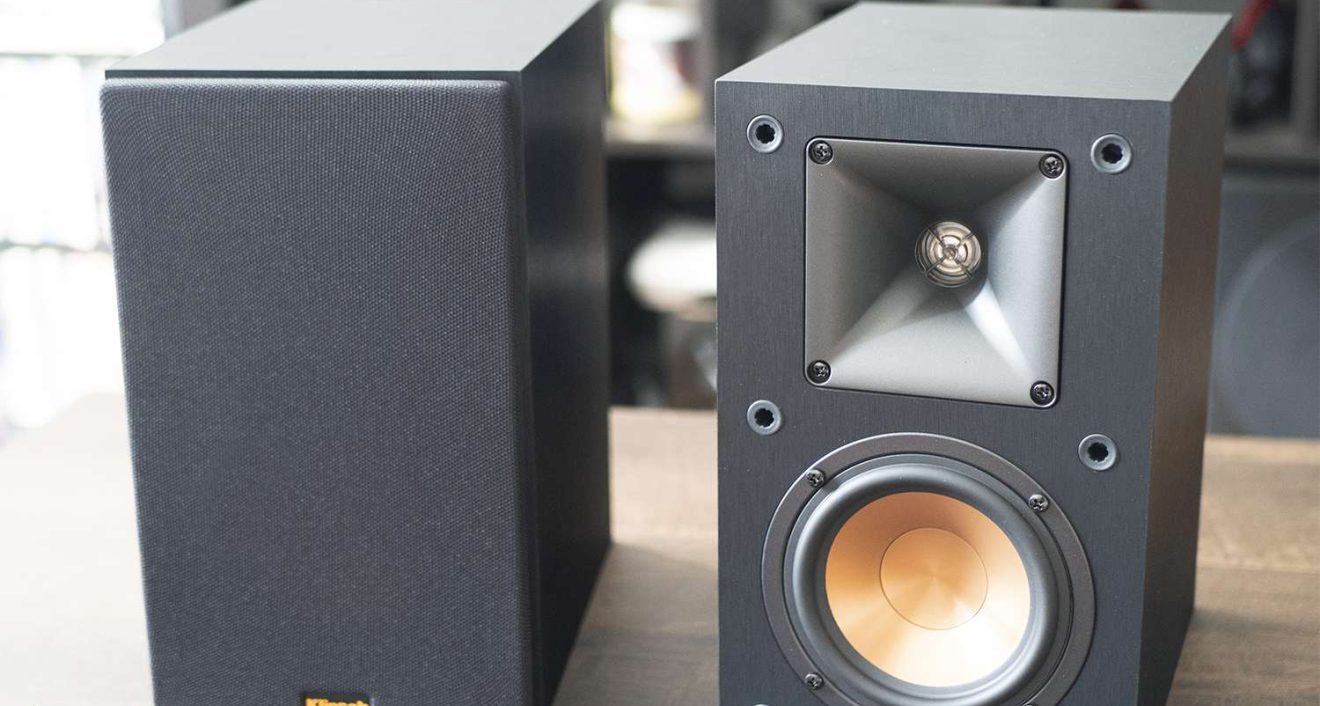

Stereo
How To Place Stereo Speakers
Modified: January 22, 2024
Learn how to properly place stereo speakers to achieve the best sound quality and immersive audio experience. Enhance your listening pleasure with our expert tips and techniques.
(Many of the links in this article redirect to a specific reviewed product. Your purchase of these products through affiliate links helps to generate commission for AudioLover.com, at no extra cost. Learn more)
Table of Contents
Introduction
Welcome to the world of stereo sound! If you’re a music lover or an avid movie watcher, you know the importance of having high-quality speakers to fully enjoy the immersive audio experience. However, it’s not just about having great speakers; their placement plays a crucial role in maximizing their potential.
Placing your stereo speakers in the right location can make a significant difference in the overall sound quality and imaging. Whether you’re setting up a home theater system or creating a dedicated listening room, understanding the essentials of speaker placement is essential.
In this article, we will guide you through the process of finding the ideal placement for your stereo speakers. We’ll explore various positioning techniques, room acoustics considerations, speaker height and angle, and how to avoid common placement mistakes. By following these guidelines, you’ll be able to fine-tune the sound and achieve the best audio performance from your beloved speakers.
So, let’s dive in and discover how to make the most of your stereo speakers by mastering the art of their placement.
Finding the Right Placement
The first step in placing your stereo speakers is to identify the optimal location in your room. Ideally, the speakers should be positioned along an imaginary equilateral triangle with your listening position at the third point. This creates a balanced stereo image and optimal soundstage.
To begin, place your speakers at an equal distance from each other and at a distance from the back wall. The distance between the speakers should be roughly the same as the distance between each speaker and your listening position. This helps maintain the stereo imaging and creates a cohesive soundstage.
It’s important to consider the room’s layout and furniture placement when finding the right spot for your speakers. Avoid placing them too close to corners or walls, as this can cause unwanted bass buildup and distortion. Experimenting with different positions and using audio test tracks can help you find the optimal balance between imaging, bass response, and overall sound quality.
Additionally, make sure the speakers are at ear level when you’re in your usual listening position. Adjusting the height of the speakers can significantly impact the clarity and frequency response. Speaker stands or wall mounts can be used to achieve the desired height and angle.
Remember, the goal is to create an immersive and balanced soundstage, where the music or movie soundtracks can be enjoyed with utmost clarity and precision. Finding the right placement is the foundation of achieving that.
Speaker Positioning Techniques
When it comes to speaker positioning, there are a few techniques that can help you optimize the sound reproduction and imaging. Let’s take a look at some of these techniques:
- Toe-In: To enhance the stereo imaging and focus the sound towards the listening position, try angling the speakers slightly inward. This technique, known as toe-in, can create a more precise and detailed soundstage.
- Distance from Side Walls: Experiment with the distance between your speakers and the side walls. Moving them closer to the walls can reinforce the bass response, while pulling them away can create a more open and balanced soundstage. Adjust the distance according to your room’s acoustics and personal preference.
- Isolation: To minimize vibration and improve sound clarity, consider using speaker isolation pads or stands. These help in reducing unwanted resonance and enhance the overall sound quality. Isolation pads are particularly useful when placing speakers on furniture or bookshelves.
- Symmetry: Aim for symmetry in your speaker placement. Positioning the speakers equidistant from the back wall and side walls helps maintain a balanced soundstage. It also prevents any tonal imbalances caused by uneven reflections in the room.
- Subwoofer Placement: If you’re using a subwoofer with your stereo speakers, its placement is crucial for achieving balanced bass reproduction. Experiment with different locations in the room to find the spot where the subwoofer integrates seamlessly with the main speakers while providing even low-frequency coverage.
Remember, these techniques are not strict rules but general guidelines to help you optimize your speaker positioning. Each room and speaker system is unique, so feel free to experiment and trust your ears to find the right balance for your setup. It may take some time and adjustments, but the end result will be worth it – a captivating audio experience that brings your music and movies to life.
Room Acoustics Considerations
When placing your stereo speakers, it’s important to take into account the acoustic characteristics of your room. The size, shape, and construction materials of the room can significantly impact the sound quality and overall listening experience. Here are some key room acoustics considerations to keep in mind:
- Room Size: The size of the room will affect the way sound waves propagate and interact with boundaries. Larger rooms generally offer better bass response, while smaller rooms may require additional acoustic treatment to control reflections and standing waves.
- Room Shape: The shape of the room can introduce potential acoustic challenges. Rectangular rooms tend to have more predictable sound reflections, while irregular-shaped rooms can cause sound diffraction and scattering. Consider room treatments to address any acoustic anomalies.
- Reflection Points: Identify the reflection points in your room, which are surfaces where sound waves bounce off and create unwanted reflections. Placing absorptive materials, such as acoustic panels or curtains, at these points can help minimize reflections and improve overall sound clarity.
- Standing Waves: Standing waves are resonating sound waves that can create peaks and nulls in the frequency response of your listening area. These can be addressed by strategically placing bass traps or adjusting speaker and listening positions to minimize their impact.
- Hard vs. Soft Surfaces: Excessive use of hard surfaces, such as wood or glass, can result in sound reflections and echoes. Soft surfaces, such as carpets or curtains, can help absorb and diffuse sound waves, reducing unwanted reflections and improving the listening experience.
By considering the room acoustics, you can create a more balanced and accurate sound reproduction. If you find that your room has significant acoustic challenges, it may be worth consulting with a professional acoustician or audio specialist who can recommend tailored solutions to optimize the acoustics of your space.
Remember, room acoustics are an integral part of achieving the best sound quality from your stereo speakers, so investing time and effort into considering these factors will greatly enhance your listening experience.
Speaker Height and Angle
The height and angle at which your speakers are positioned can greatly impact the soundstage and overall listening experience. Here are some guidelines to consider when setting up the height and angle of your stereo speakers:
Speaker Height: Ideally, the tweeters of the speakers should be at ear level when you’re seated in your listening position. This allows for better high-frequency dispersion and ensures that the sound is directed towards your ears. If your speakers are placed too low or too high, it can result in a less accurate and balanced sound reproduction.
If your speakers are on stands, adjust the height accordingly. If they are placed on a shelf or furniture, consider using speaker isolation pads or stands to achieve the desired height. Remember to maintain symmetry, with both speakers at the same height.
Speaker Angle: Angling the speakers slightly towards your listening position can improve the stereo imaging and focus the sound. This technique, known as toe-in, helps to create a more precise and detailed soundstage.
The degree of toe-in will depend on personal preference and the room’s acoustics. Start by pointing the speakers straight ahead and then gradually angle them towards your listening position, experimenting with different angles until you find the sweet spot where the soundstage is well-defined and balanced.
It’s important to note that the ideal speaker height and angle may vary depending on the type of speakers and your listening preferences. Experimentation and trust in your ears play a significant role in finding the optimal setup for your stereo speakers.
By carefully adjusting the height and angle of your speakers, you can enhance the accuracy and imaging of the sound, resulting in a more immersive and enjoyable listening experience.
Avoiding Common Placement Mistakes
When it comes to speaker placement, there are several common mistakes that are important to avoid in order to achieve optimal sound quality. By being aware of these mistakes, you can ensure that you’re getting the most out of your stereo speakers. Here are some common placement mistakes to watch out for:
- Placing Speakers Too Close to Walls: Placing your speakers too close to walls can result in excessive bass buildup and muddiness in the sound. Ideally, speakers should be positioned away from walls to allow for proper sound dispersion and reduce unwanted reflections.
- Overlooking Room Acoustics: Ignoring the acoustic characteristics of your room can have a significant impact on sound quality. As mentioned earlier, factors such as room size, shape, and surfaces can affect sound reflections and the overall listening experience. Take into consideration room acoustics and implement appropriate acoustic treatments if necessary.
- Ignoring Speaker Symmetry: It’s important to maintain symmetry when placing your speakers. Both speakers should be at an equal distance from the back wall and side walls, as well as at the same height. Uneven placement can lead to tonal imbalances and a skewed soundstage.
- Neglecting Speaker Isolation: Failing to properly isolate your speakers can result in vibrations and resonance that negatively impact sound quality. Use speaker stands, isolation pads, or other methods to minimize vibrations and ensure optimal speaker performance.
- Not Optimizing Subwoofer Placement: If you have a subwoofer in your setup, its placement is crucial for balanced bass reproduction. Avoid placing the subwoofer in a corner, as this can result in boomy and overpowering bass. Experiment with different locations in the room to find the spot that integrates well with the main speakers and provides even bass coverage.
By being mindful of these common placement mistakes, you can optimize the performance of your stereo speakers and achieve the best sound quality possible.
Fine-tuning the Sound
Once you have placed your stereo speakers in the optimal position and avoided common placement mistakes, you may want to fine-tune the sound further to suit your personal preferences. Here are some ways to refine the sound quality:
- Room Eq ualization (EQ): Use a room EQ system, either standalone or built into your audio equipment, to adjust the frequency response of your speakers. This can help compensate for any room resonances or deficiencies, and achieve a more accurate and balanced sound.
- Speaker Placement Experimentation: While the initial placement may be based on guidelines, it’s worth experimenting with minor adjustments to find the sweet spot. Move the speakers a few inches or angle them slightly differently to fine-tune the soundstage and imaging.
- Speaker Positioning Tools: Utilize speaker positioning tools to assist in finding the perfect placement. There are various smartphone apps and computer programs available that can help analyze the sound and guide you in adjusting the speaker positions for optimal performance.
- Acoustic Treatments: Consider adding acoustic treatments to your room to improve sound quality. Absorptive panels, diffusers, and bass traps can help in controlling reflections, reducing echo, and addressing standing waves, resulting in a more accurate and enjoyable listening experience.
- Speaker Cables and Interconnects: High-quality speaker cables and interconnects can have a noticeable impact on sound quality. Experiment with different cables and connectors to find the ones that best complement your speakers and audio system.
Remember, fine-tuning the sound is a personal process that requires patience and careful listening. Trust your ears and make adjustments based on your preferences and the characteristics of your room. It’s an ongoing journey of discovery, and the effort you invest in fine-tuning will be rewarded with an enhanced audio experience.
Conclusion
Placing your stereo speakers in the right position is essential for maximizing their potential and creating an immersive audio experience. By following the guidelines and techniques outlined in this article, you can achieve optimal sound quality and enjoy a captivating listening experience.
Start by finding the right placement, considering factors such as the equilateral triangle, distance from walls, and room layout. Experiment with toe-in, speaker height, and angle to optimize stereo imaging and soundstage. Take into account the acoustics of your room, addressing reflections, standing waves, and room size. Avoid common placement mistakes, such as placing speakers too close to walls or neglecting speaker isolation.
Once your speakers are properly positioned, fine-tune the sound to suit your preferences. Utilize room EQ, conduct speaker positioning experiments, and consider acoustic treatments. Don’t overlook the importance of high-quality speaker cables and interconnects in optimizing sound quality.
Remember, the journey to achieving the perfect sound is subjective and requires patience. Trust your ears and make adjustments based on your listening preferences and the characteristics of your room. By paying attention to speaker placement and sound optimization, you can create an exceptional audio setup that brings your favorite music and movies to life.
Now, it’s time to unleash the full potential of your stereo speakers and immerse yourself in a world of captivating sound!

